When using an accelerator that replaces the 68000 CPU in an Amiga 500 you often need to use something called a relocator. This is because the card gets in the way of things like the keyboard in the Amiga, so the relocator moves the socket somewhere else. The two common ones are straight relocators which just move it further back and a 90 degree relocator which rotates it 90 degrees and essentially also moves it to the back.
I recently discovered an Open Source project which combines a 90 degree relocator with a programmable flash ROM storage. So, I decided this would be an interesting project to build and play with and I ordered a PCB for it.
Soldering
I recently purchase a lightly used second hand JBC CD-2BB soldering station with a bunch of tips. This station is great because it uses cartridge style tips which can be changed quickly and they control the heat much better than traditional irons. Some of those tips are designed for SMT work and there was a good range included with this kit.
With this and a 0.3mm tip I hand soldered the individual pins of the Xilinx and the SMT components. The iron works great for this, but I struggled with the ground plane for some of the larger SMT components. Next time I need to switch to a larger tip for those components.
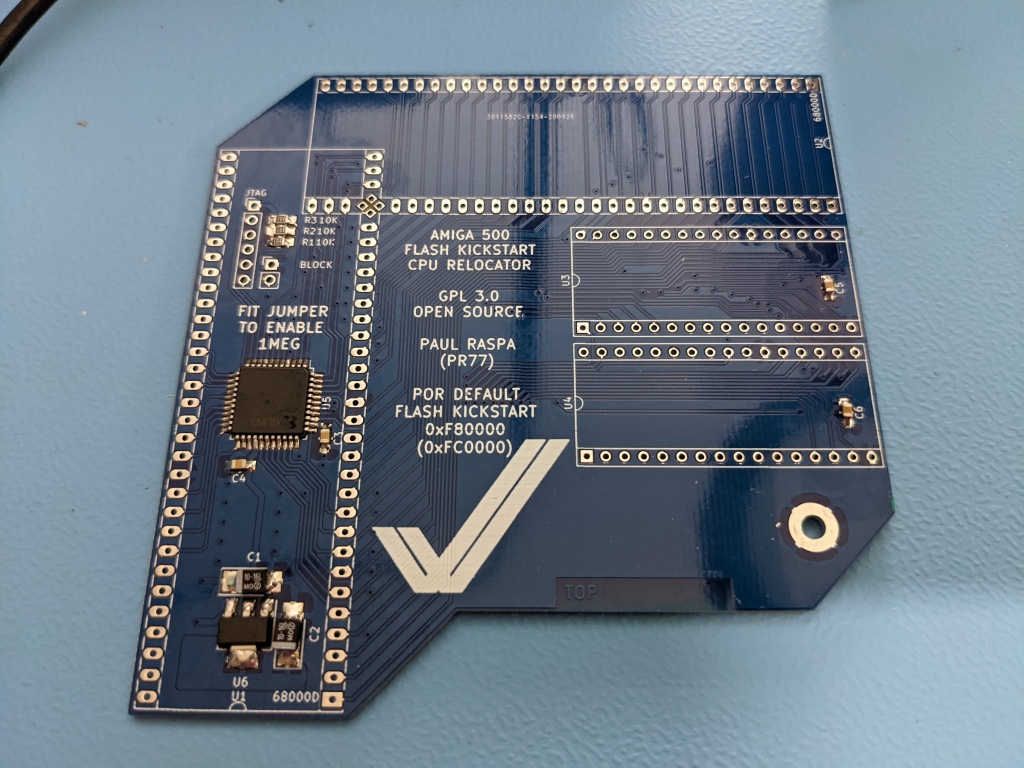
Then a quick switch to a larger tip to do all the through-hole pins and sockets.
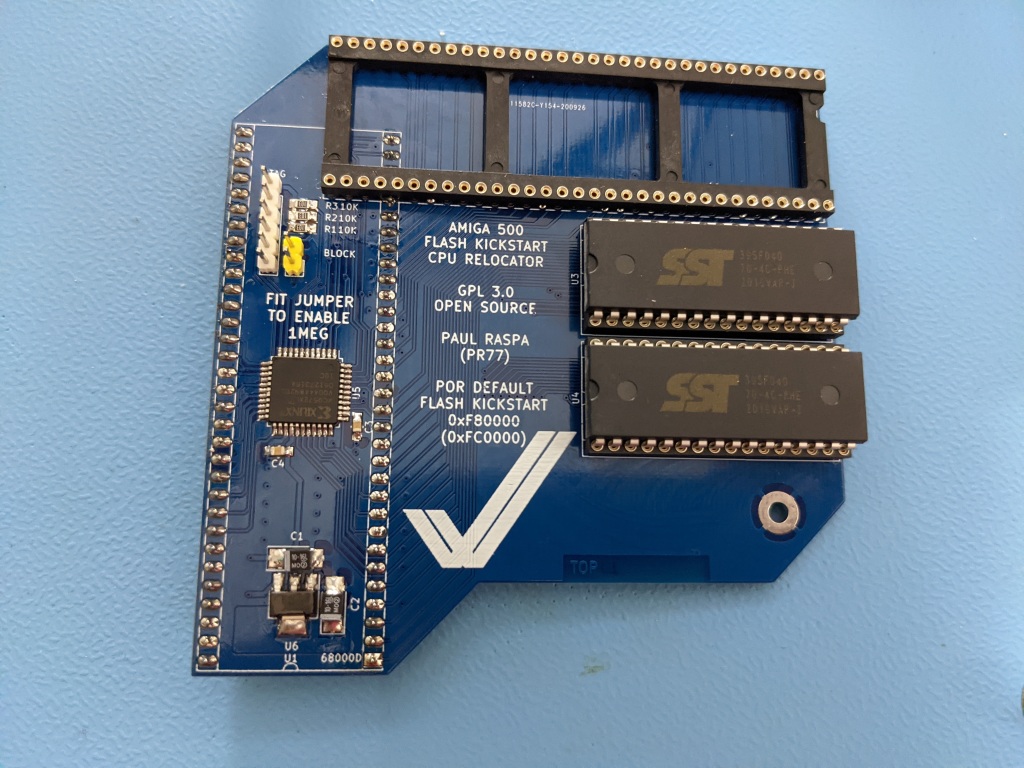
Finally all that was needed was to use my Raspberry Pi Xilinx programmer to flash the chip.
Usage
The board is configured to boot from the onboard flash. If you hold down Ctrl-Amiga-Amiga for a couple of seconds it will switch to the motherboard’s ROM and the onboard flash will be programmable. The state is not stored when the power is turned off. This of course means that straight after it is built it boots a blank ROM and you just get a black screen before you do the reset switch.
There is a command line tool to flash a ROM but there is also a fork with a graphical tool to do it, so I tried this. You simply pick a ROM file, press the “Program” button and several seconds later the flash ROMs are programmed.
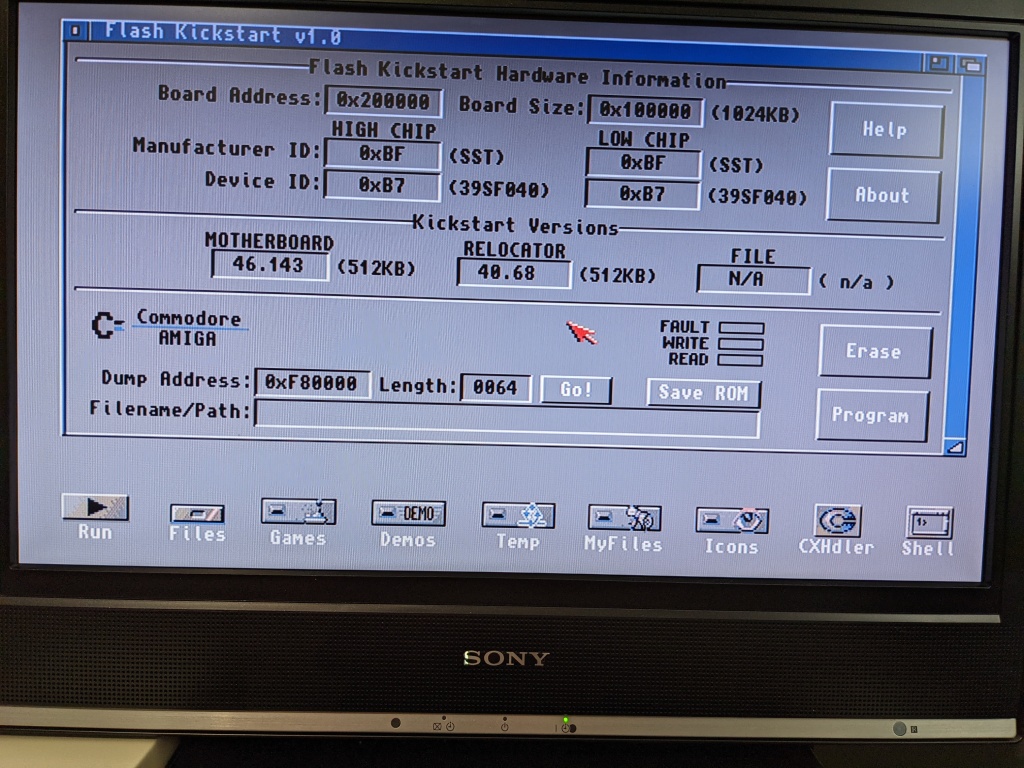
The only issue I’ve hit so far is I cannot use the GUI tool to flash DiagROM since it cannot detect the ROM version properly. Unfortunately the sources are not available and I haven’t found a way to contact the author of the software yet.
Future
The pre-compiled Xilinx binary is out of date compared to the source, so I’ll definitely be compiling and flashing a bugfix version. In addition I want to modify this slightly so it boots the motherboard ROM by default.
If I can’t get hold of the sources for the GUI tool to modify then I may well give myself a project to write a new one at some point in 2021.
I also have some hardware tweaks that I want to make, so this could also be a project for next year.

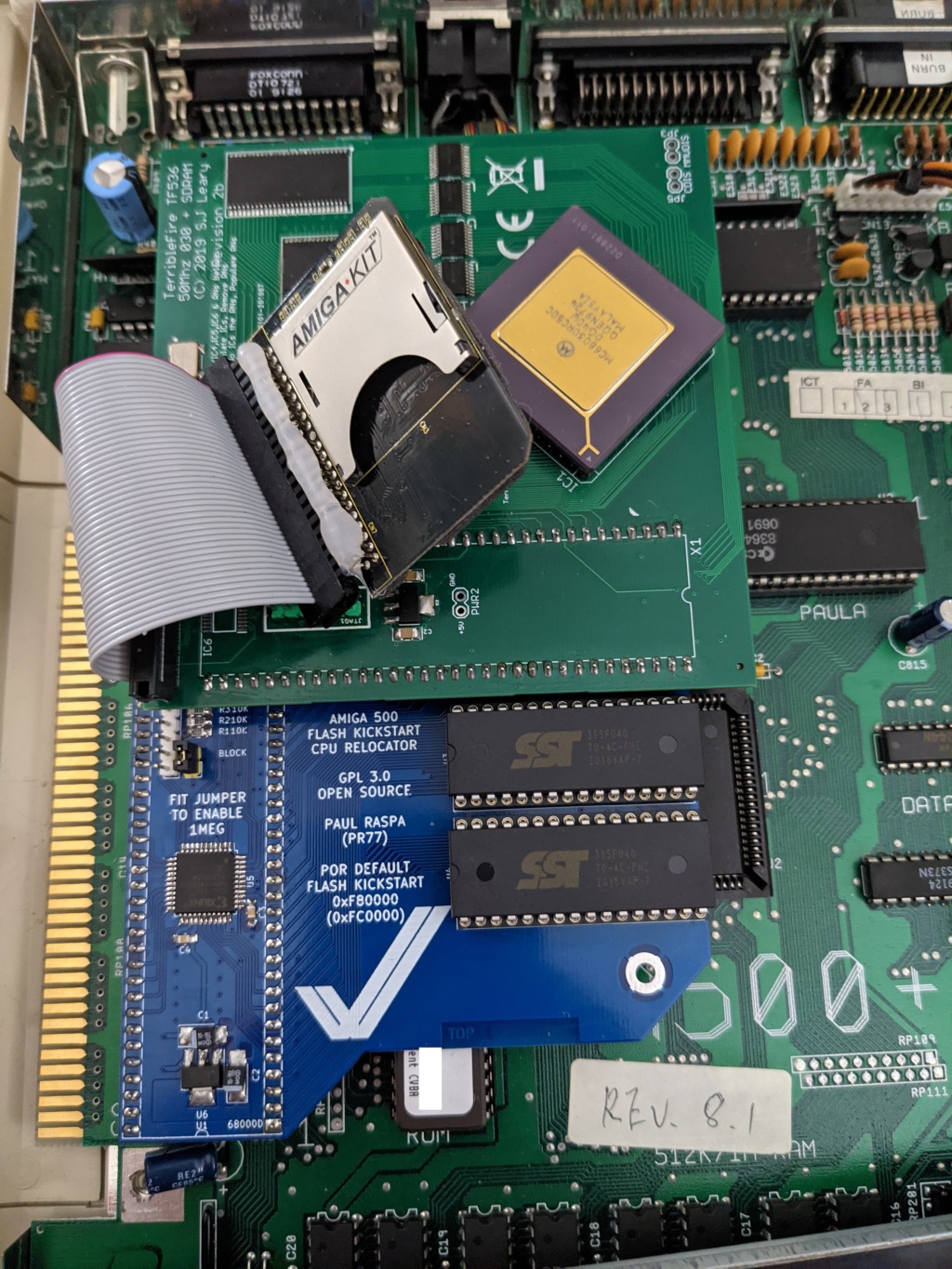
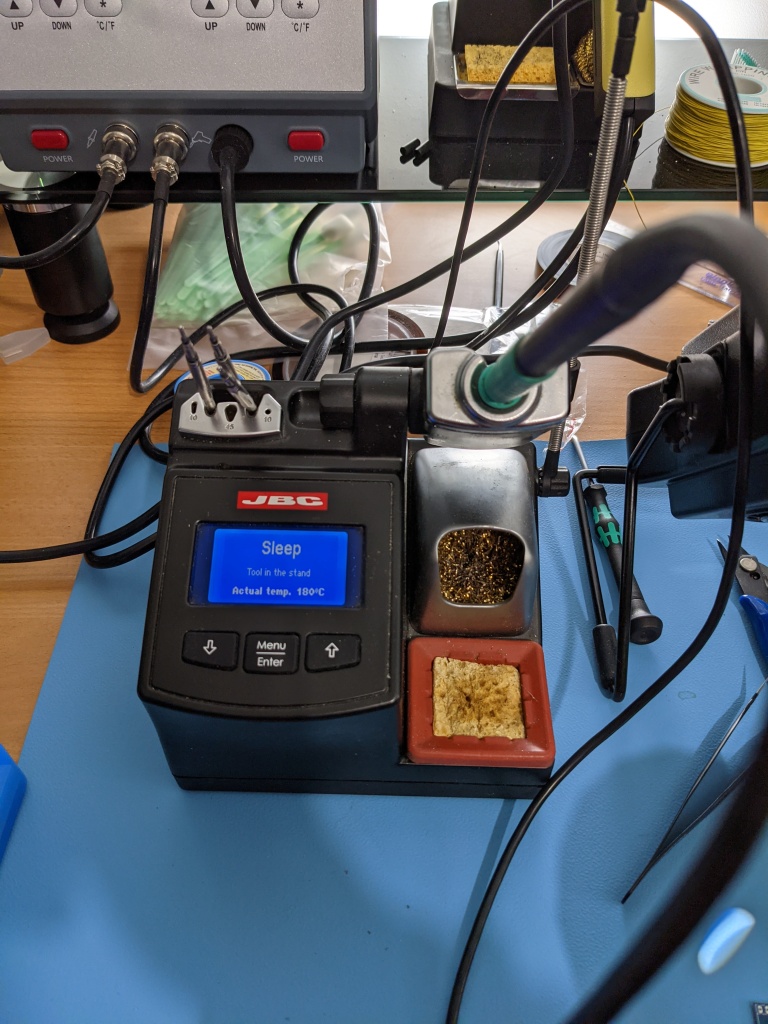
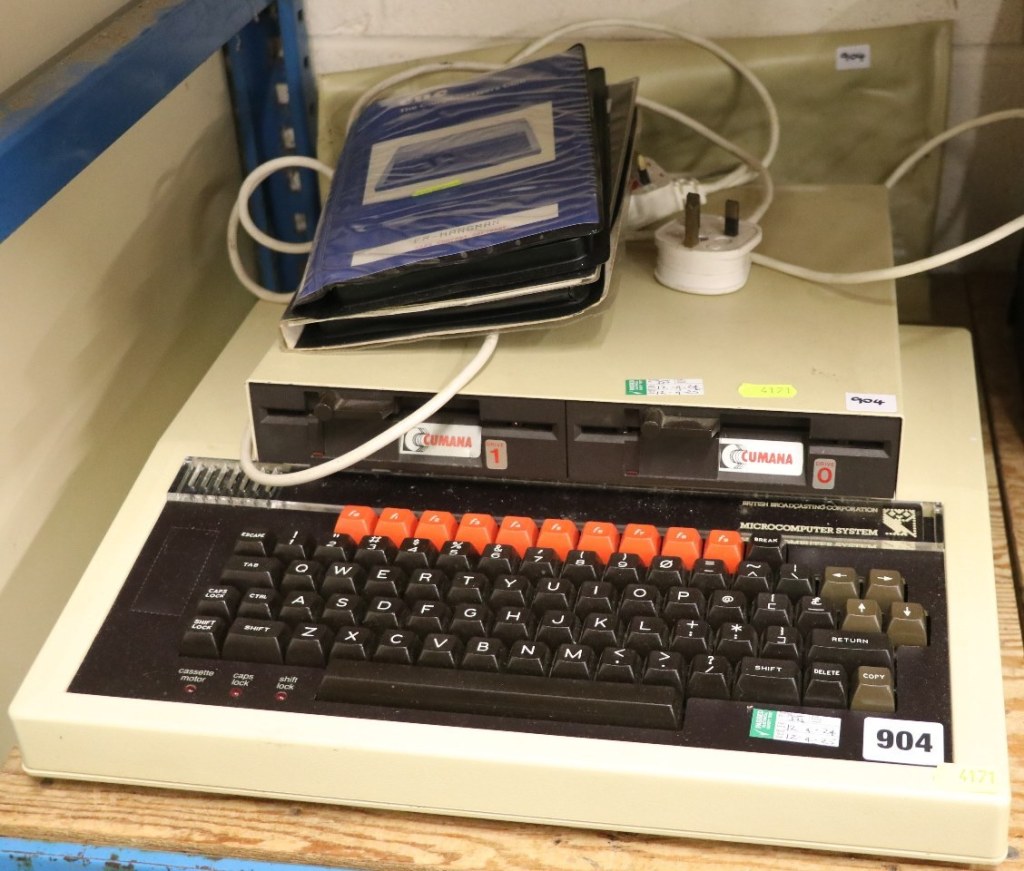
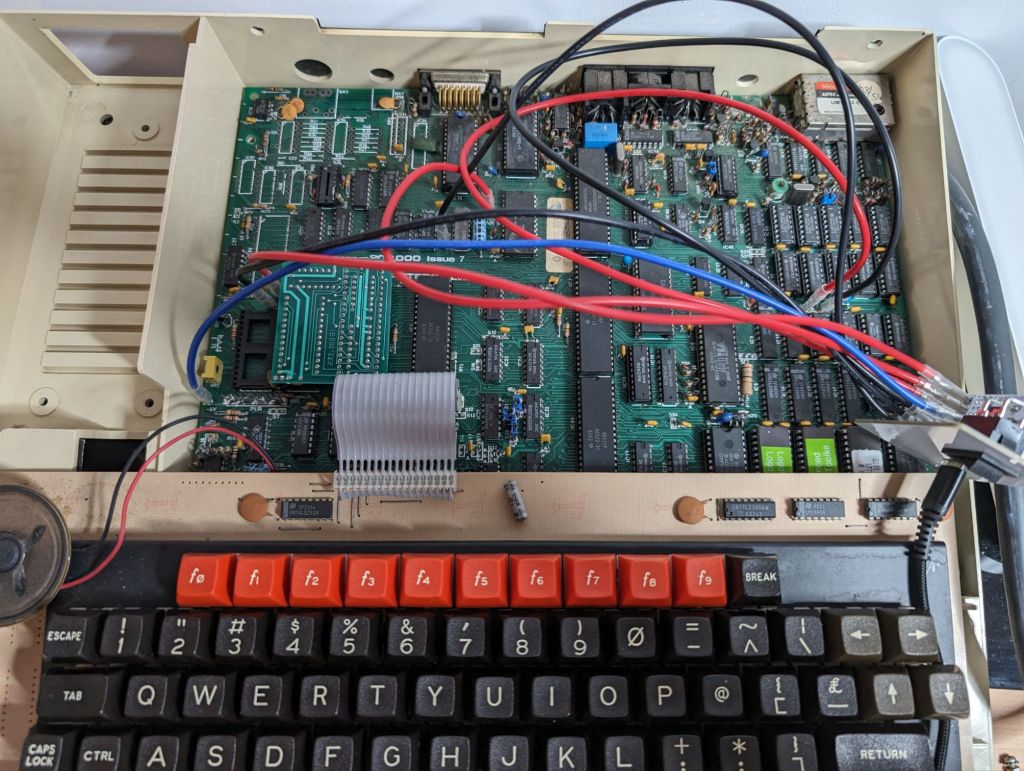
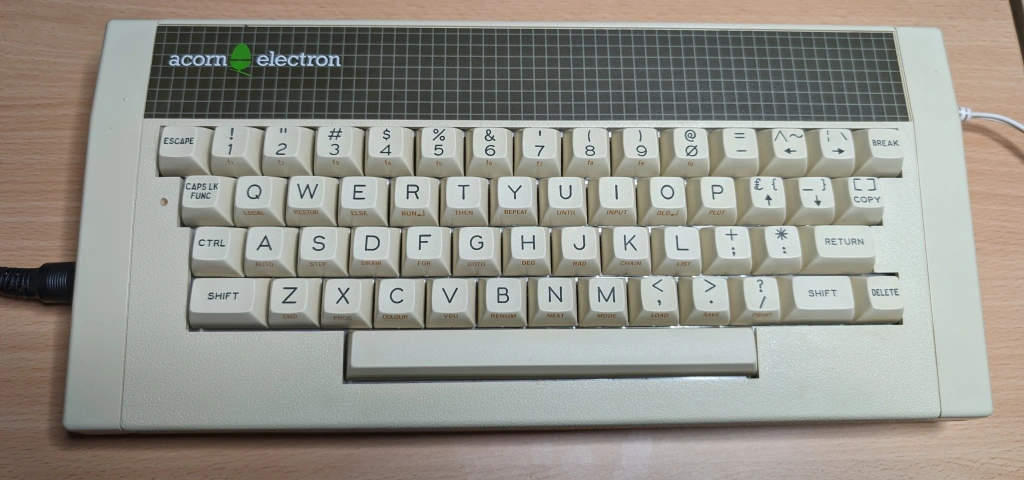
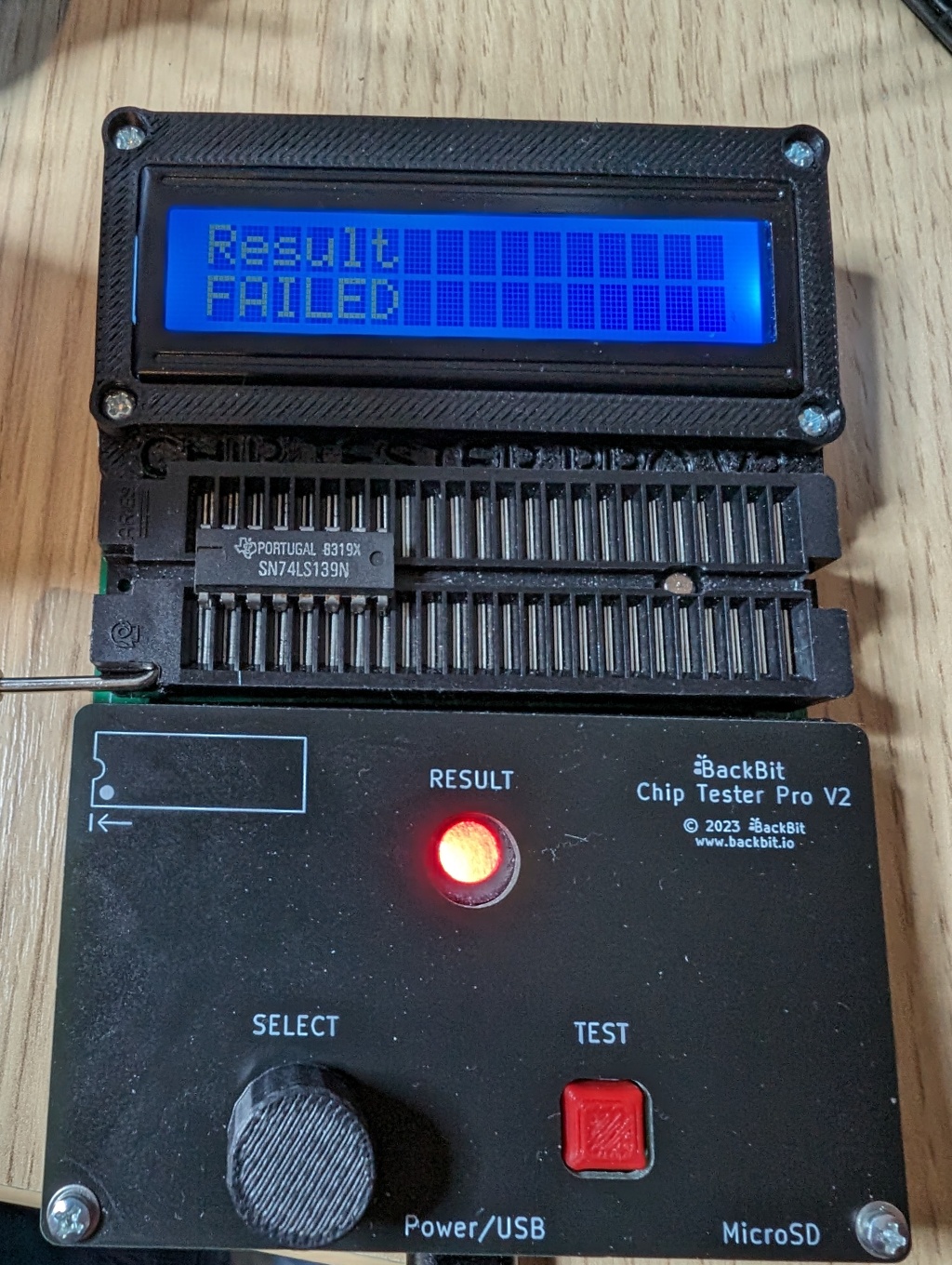
Leave a comment